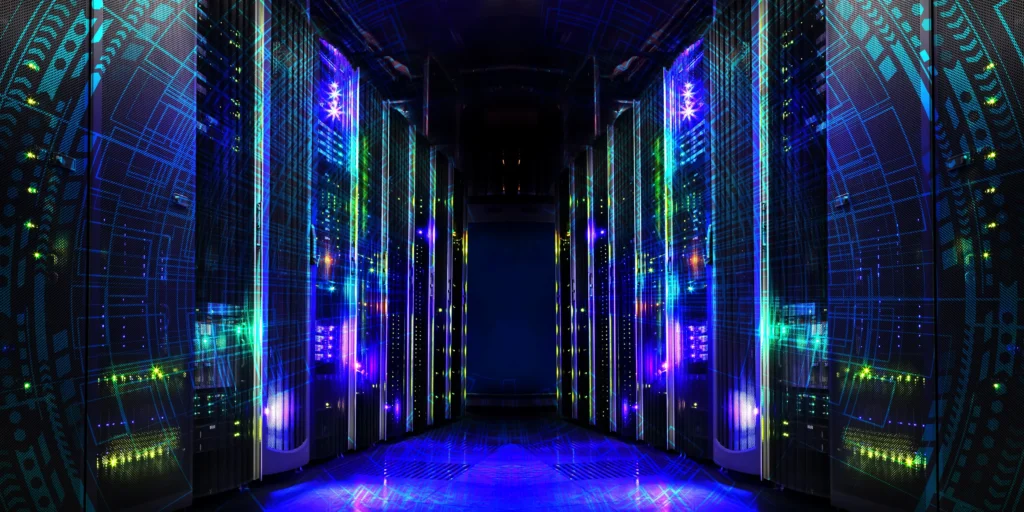The Big Picture
Artificial intelligence is steadily making its way into the legal system – from predicting case outcomes to assessing bail risks. Supporters argue these tools could bring efficiency and consistency to overburdened courts. Critics warn that bias, opacity, and accountability gaps risk undermining justice rather than strengthening it.
As countries begin experimenting with AI-driven legal tools, the debate is shifting from “if” to “how.”
Applications
AI in the legal sector is already active in several areas:
- Risk Assessment Tools: In the U.S., software like COMPAS has been used to estimate the likelihood of defendants reoffending.
- Legal Research & Case Prediction: AI systems analyze thousands of precedents in seconds, helping lawyers anticipate rulings. A 2023 Stanford study found AI models correctly predicted Supreme Court decisions with 70% accuracy.
- Contract Review: Machine learning speeds up the process of reviewing agreements, flagging risks or inconsistencies.
- Virtual Court Assistants: Chatbots and AI-driven systems assist with filing documents, scheduling, and guiding citizens through legal procedures.
- Sentencing Support: Some jurisdictions have tested AI to provide judges with sentencing recommendations, though not without controversy.
Benefits
Proponents argue that AI can bring meaningful improvements to judicial systems:
- Efficiency: Courts facing massive backlogs could resolve cases more quickly.
- Consistency: Algorithms apply the same criteria across cases, reducing human error.
- Accessibility: Legal chatbots help people navigate complex systems without costly attorneys.
- Cost Savings: Automated contract review and research free up human lawyers for higher-level work.
According to PwC, legal AI could reduce law firm operating costs by 20–30% in the next decade.
Challenges & Ethics
The courtroom is not just about rules – it’s about fairness, rights, and human judgment. AI poses risks that go to the heart of justice:
- Bias in Data: COMPAS and similar tools have been criticized for showing racial disparities, with Black defendants often rated as higher risk than white defendants with similar records.
- Opacity: Many AI tools are “black boxes,” making it difficult to explain how decisions are reached.
- Accountability: If an algorithm’s recommendation leads to an unjust sentence, who is responsible – the judge, the programmer, or the state?
- Erosion of Human Judgment: Overreliance on AI could reduce the role of empathy and context in legal decisions.
The European Union’s AI Act (2024) classifies “AI systems intended to assist in judicial decision-making” as high risk, requiring strict oversight.
Outlook
AI will likely continue expanding in legal contexts, particularly in administrative tasks, research, and contract review. However, direct sentencing and bail decisions may remain heavily restricted due to ethical concerns.
By 2030, experts expect most legal systems in advanced economies to use AI for support roles, while human judges retain final authority over rulings. The challenge will be ensuring transparency, fairness, and accountability as algorithms enter the halls of justice.
Practical Takeaways
- AI is already being used in legal research, risk assessment, and contract review.
- Benefits include efficiency, cost savings, and wider access to legal resources.
- Risks include bias, lack of transparency, and accountability gaps.
- Regulators are moving to classify judicial AI as “high risk,” demanding oversight.
- The future points toward AI as a support tool, not a decision-maker.
Sources
- Stanford University (2023) – AI Models Predict Supreme Court Decisions with 70% Accuracy.
- PwC (2024) – Legal Services Disrupted: AI and the Future of Law.
- ProPublica (2016, updated 2023) – Machine Bias: Risk Assessment in Criminal Sentencing.
- European Union (2024) – AI Act: Regulatory Framework for High-Risk AI Systems.








Leave a Reply